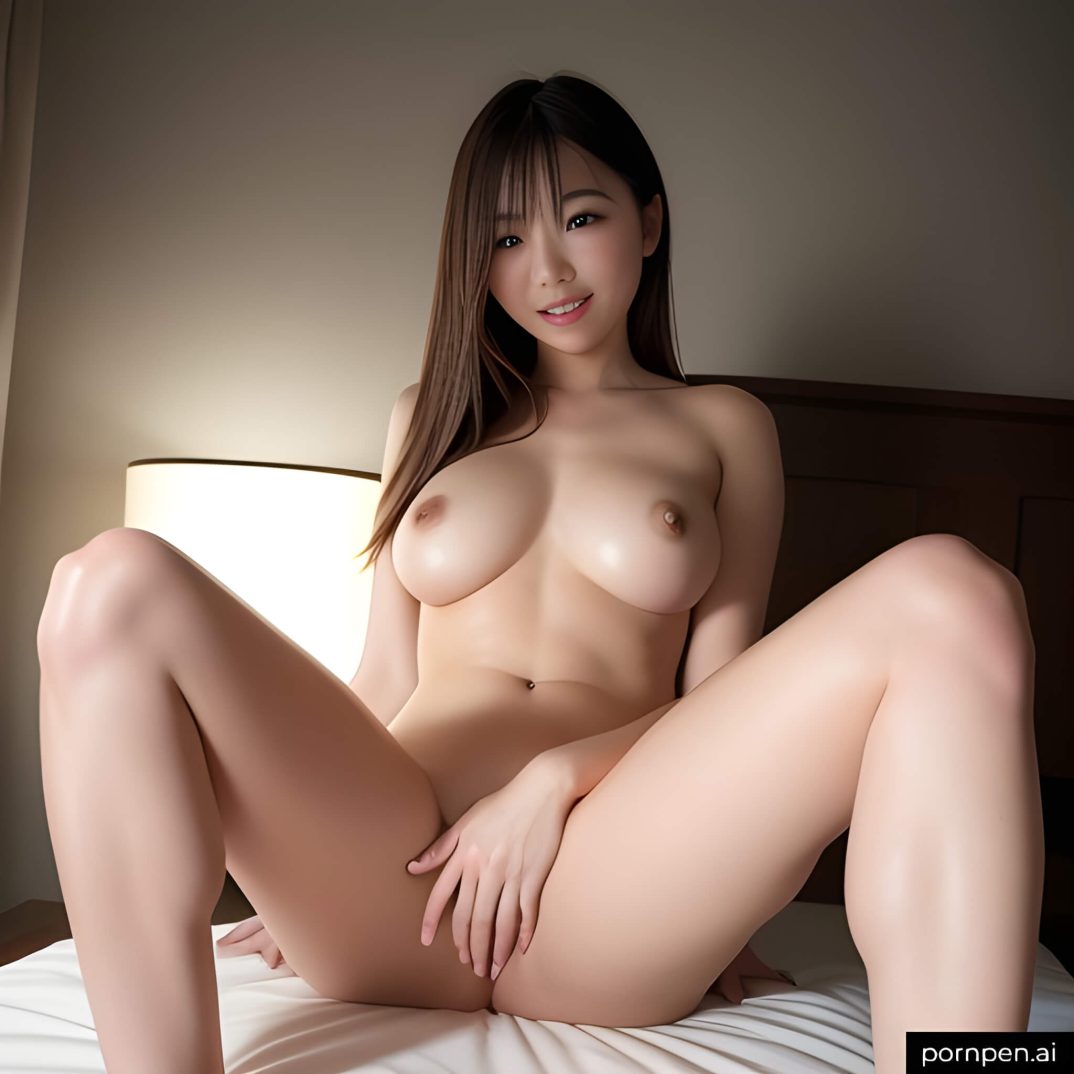Japanese Nude Women – A Symbol of Beauty and Femininity
 For 1250 years, men have gathered at the Hadaka Matsuri to huddle naked in the sea of loin-cloth-clad spectators. This year, however, women joined in – the first time ever.
For 1250 years, men have gathered at the Hadaka Matsuri to huddle naked in the sea of loin-cloth-clad spectators. This year, however, women joined in – the first time ever.
The sight of a nude body in Japan has long been considered hazukashii, or unseemly. But is it really so?
They are a symbol for beauty
The depiction of nude women in art has served as a symbol of beauty and femininity for centuries. These artworks elicit awe and admiration from spectators, with their delicate and detailed portrayals of the human form. They can also encourage viewers to explore their own physical and spiritual selves through the image of the naked body. These images are often framed by a cultural context and a style of painting that reflects the time period in which they were created.
In Japanese culture, seeing a naked person is considered a normal occurrence. Onsens, or traditional Japanese bathhouses, are popular with both locals and tourists. These communal hot springs are steaming oases nestled in the craggy mountains and lush forests of Japan. These baths are meant to be enjoyed naked and in close proximity to other people. In addition, many families use these onsens as a rare opportunity for “skinship” between family members of the same gender.
In both paintings and prints, many Japanese artists have shown nude women. One such artist is Yasuzo Nojima, who revolutionized the medium of photography with his innovative technique and focus on lighting. His work reveals a unique side of Japanese nude beauty and a more realistic depiction of the female body. He also captured the nudes of a ‘normal’ lower class Japanese woman. This was in contrast to the slutty and sexy images being produced at the same time, influenced largely by Western tendencies that sexualized the Japanese girls.
They are a sign of strength
Throughout history, nude women have been used as a symbolic canvas for complex themes. They have echoed social norms, moral standards, and aesthetic standards. They’ve also prompted discussion about the nature of beauty. We’re used to seeing nakedness as a common theme in Western art. However, there were periods when this was not the case. The nude body was once considered a taboo subject in European art, and ancient Greek & Roman statues were irrevocably damaged.
In Japan, the naked body is still a sign of strength. For example, Japanese men are not afraid to show their physiques in public. “Hadaka Matsuri” is a festival that celebrates masculinity. This festival is held in the winter when temperatures are low. Participants strip down to a loincloth and jostle about local shrines.
Another culturally significant Japanese nude tradition is the “shunga” (or spring pictures). This erotic art tradition originated in the Edo Period (1600-1868) and gave sexuality a shameless platform. The British Museum recently held a major exhibition on this topic, and it highlighted the history, humor, and accomplishments of shunga.
Alice Gordenker was the guide for the exhibition. She is a translator who has lived in Tokyo for many years. Her guided tour was in English, and she helped me better understand the complex themes of the exhibition.
They are a sign of vulnerability
Western men have admired Japanese women for many years as being submissive and childlike. They found them to be in a state of innocence that contrasted with the sexually aggressive and violent nature of their own society. These images, however, often portrayed women in a manner that was unsuitable for modern Japan. In the end, this led to an uproar over cultural insensitivity and voyeuristic practices.
Today, the sight of a nude body is more commonplace in Japan. Feudal peasants wore loin cloths, and even now, sumo wrestlers wear less clothing than their American counterparts. Girls wear shorter skirts and pop culture and tradition encourage them to expose more of their body than ever before. The result is that the Japanese are not shy about their nakedness and seem comfortable with it.
Despite this, the female body is still a symbol of vulnerability and weakness. Many artists, such as Lucian Freud or Alice Neel, have used the naked body to express vulnerability and fragility. These artists challenged the male gaze that has dominated art history and created new interpretations of nude portraiture. The feminist movement also pushed the idea that women can be both creators and subjects of their work. Ellen Von Wiegand used art to express her fears and anxieties.
They are a sign of mortality
The nude female body is a symbol of mortality in Japanese culture. This can be seen on ukiyo e prints of women drying themselves off after bathing or in the way they hold their hair as they leave the hot springs. Many Japanese sculptures also depict naked women. These works were not erotic and they did not carry a moral stigma. A shunga was often given to a bride.
Yasuzo nojima is a famous Japanese photographer who captured the nudes of lower class Japanese women in unconventional ways. His provocative images are often classified as shunga in western art galleries and museum.
Kusozu or “pictures” of the corpse, depicts the corporeal decay of a dead person. The pictures are not meant to be sexy but rather highlight the beauty of a human body as it degrades. They often depict legendary beauties such as the ninth-century Empress Danrin or are anonymous paragons of beauty. Kobayashi Eitaku’s Body of a Courtesan in Nine Stages of Decomposition (1870) is a classic example.
Unlike in the United States, where nude images are not tolerated, the sight of the naked body is commonplace in Japan. In rural areas, men and women relax in what appears to be underwear: boxers with a haramaki belt that covers the stomach. In America, people often lounge around in their underwear.
